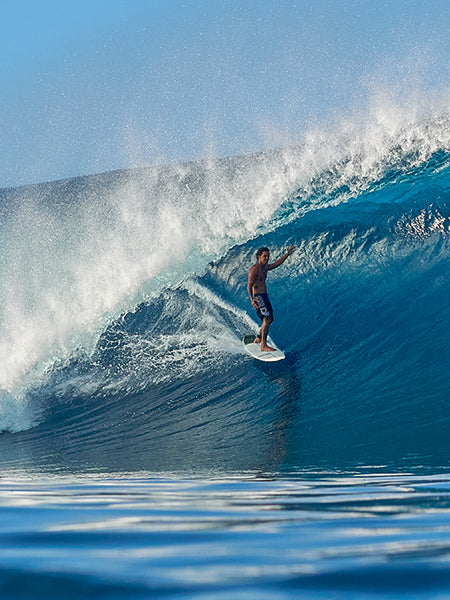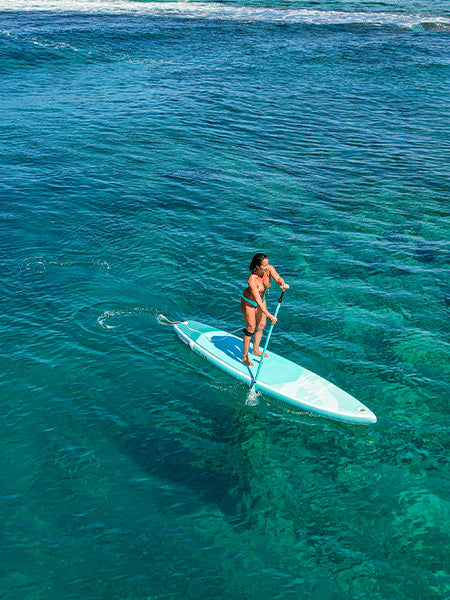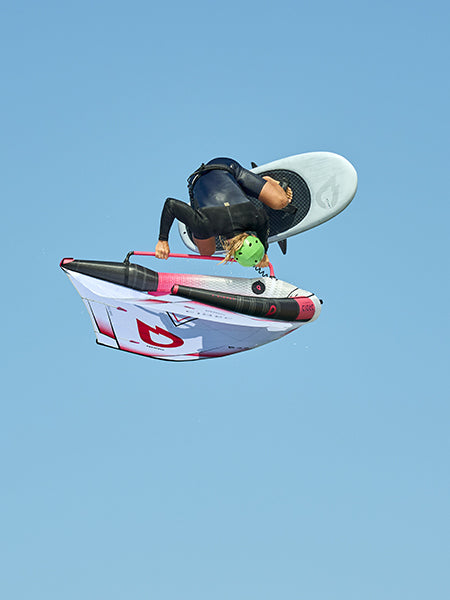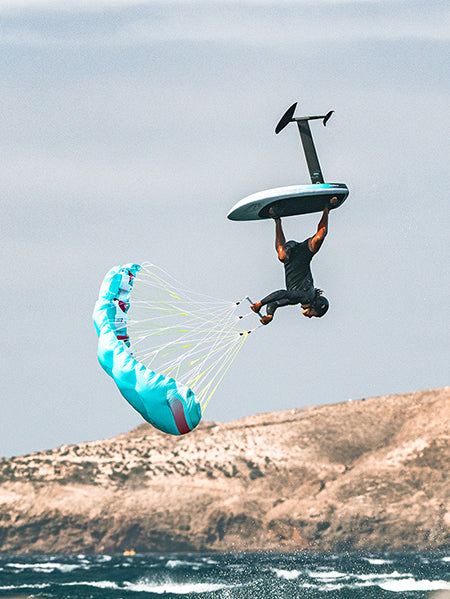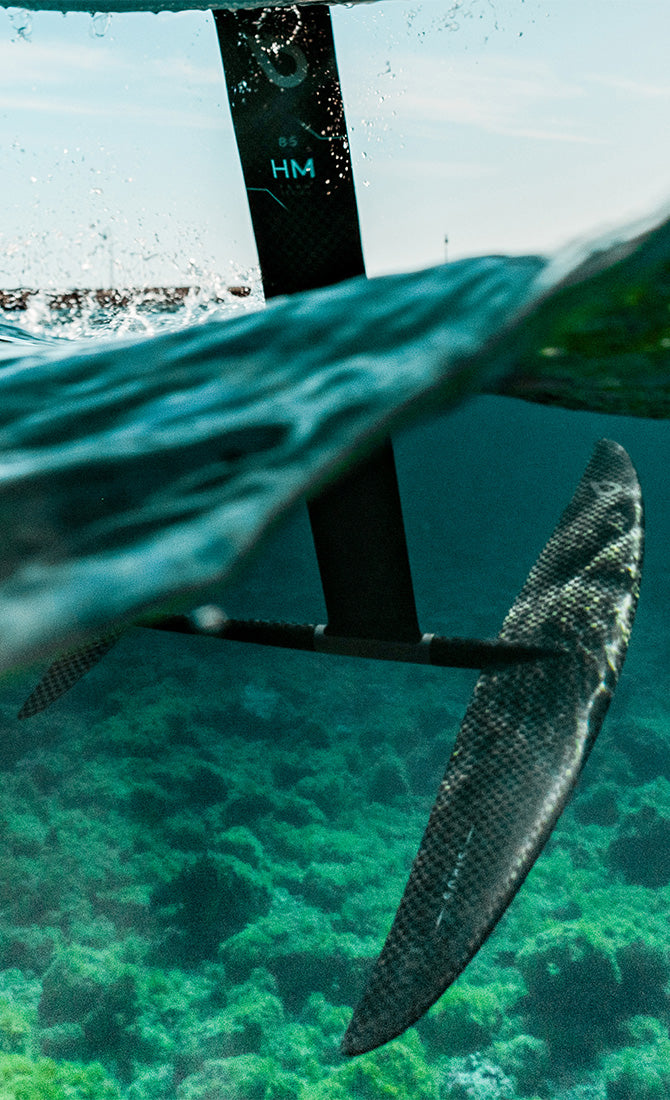Re-entry on a foil
Fly through a zone of turbulence with the backside re-entry!

Surf foiling has revolutionized the way we approach waves. You can take off with the whitewater, move away from the breaking point and draw endless lines on barely visible swell lines. Intense sensations without having to play with the limits. But hey, risk-taking being in the DNA of the surfer, surfing back to the power zone of the wave is only a matter of time! 😉 The re-entry which jeopardizes your flight in the disturbances of the whitewater is a good example of this. Illustration and explanation.
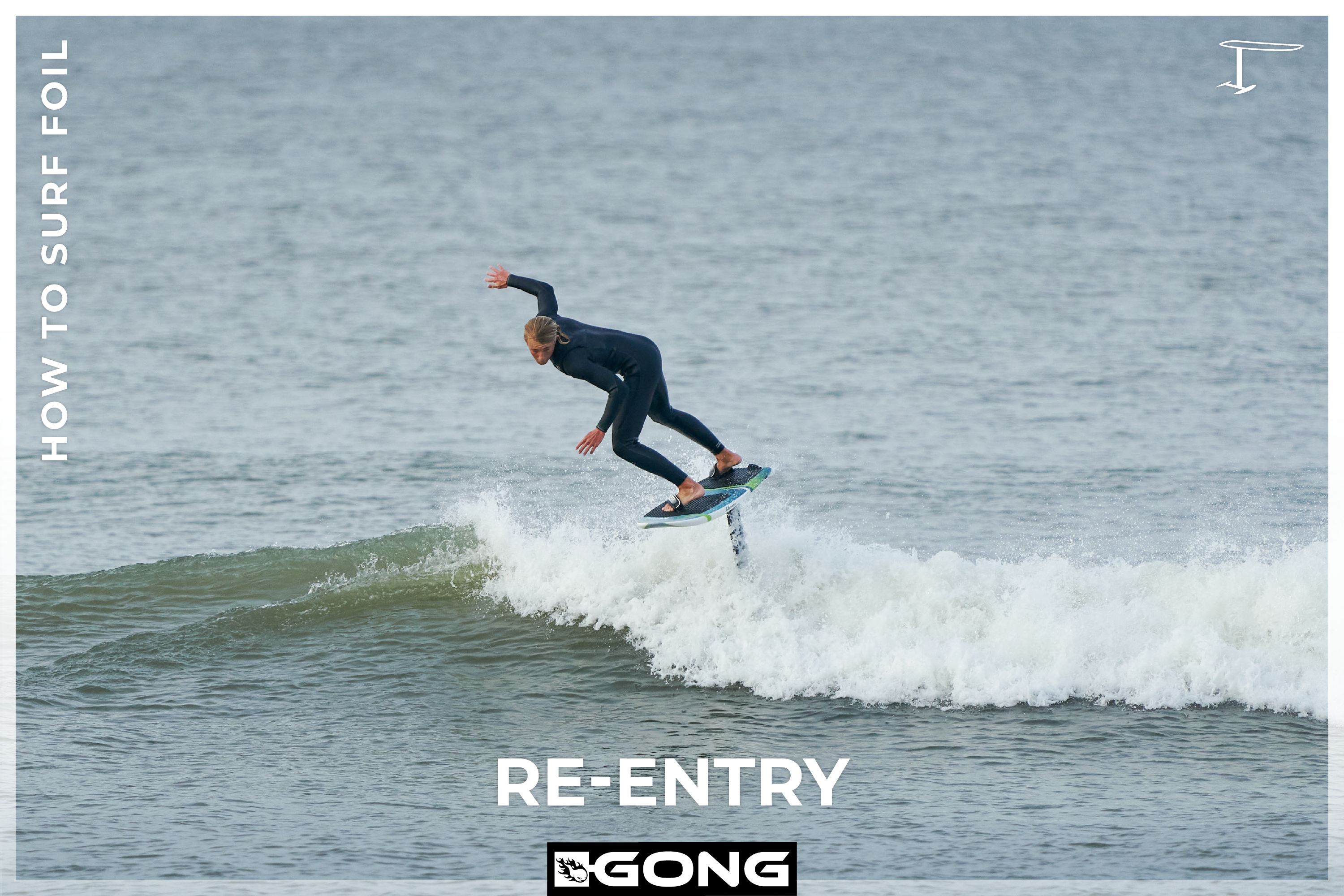
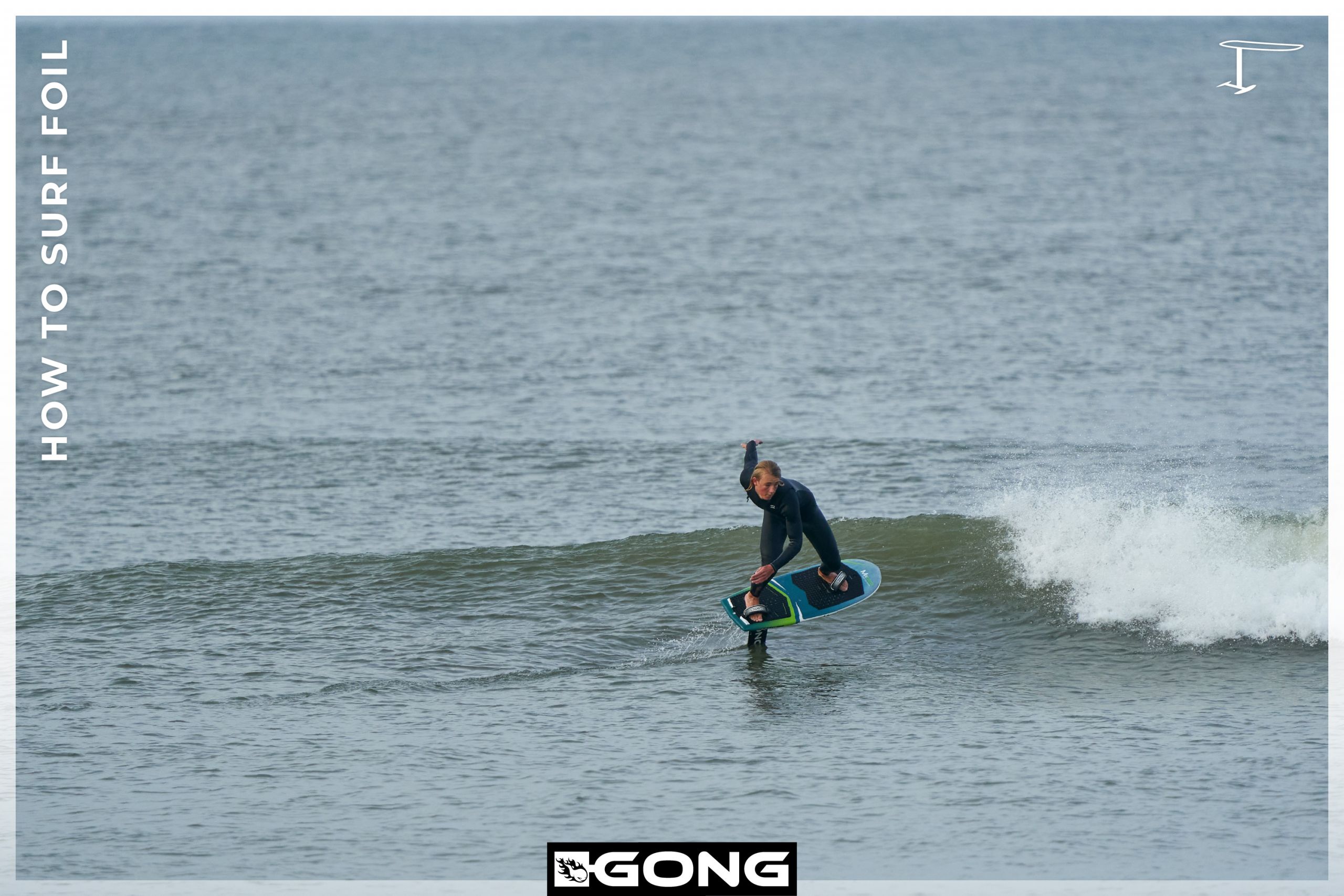
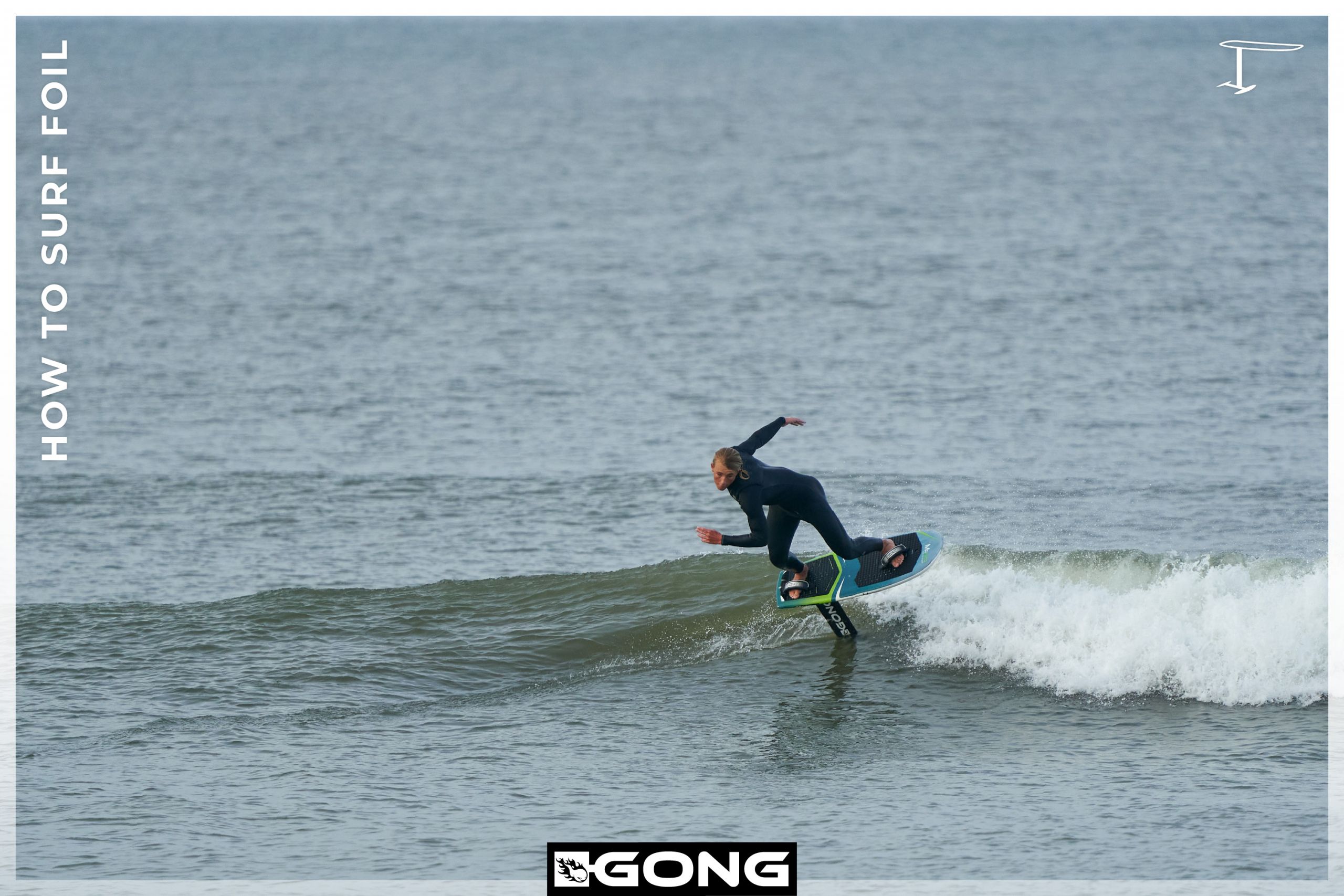
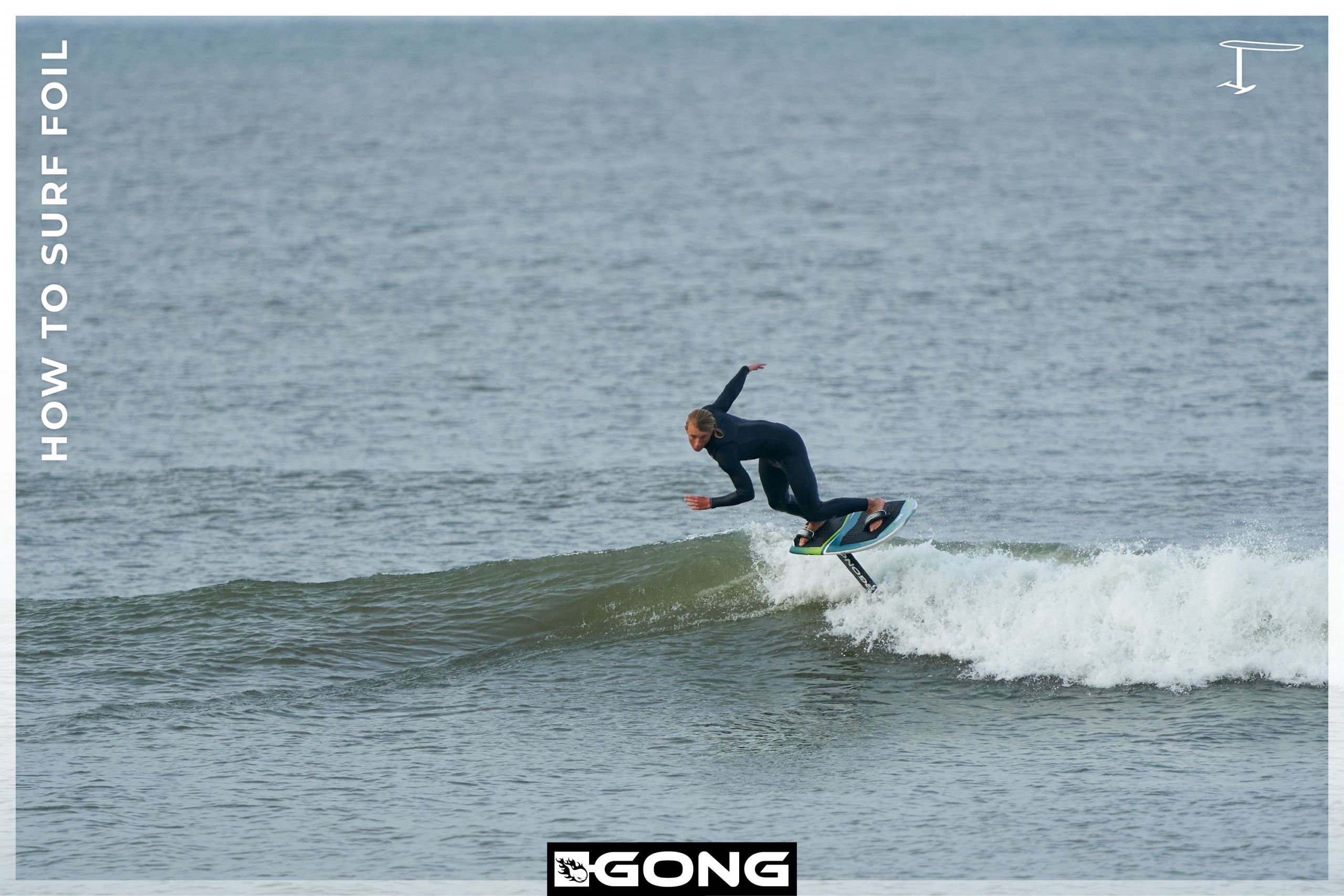
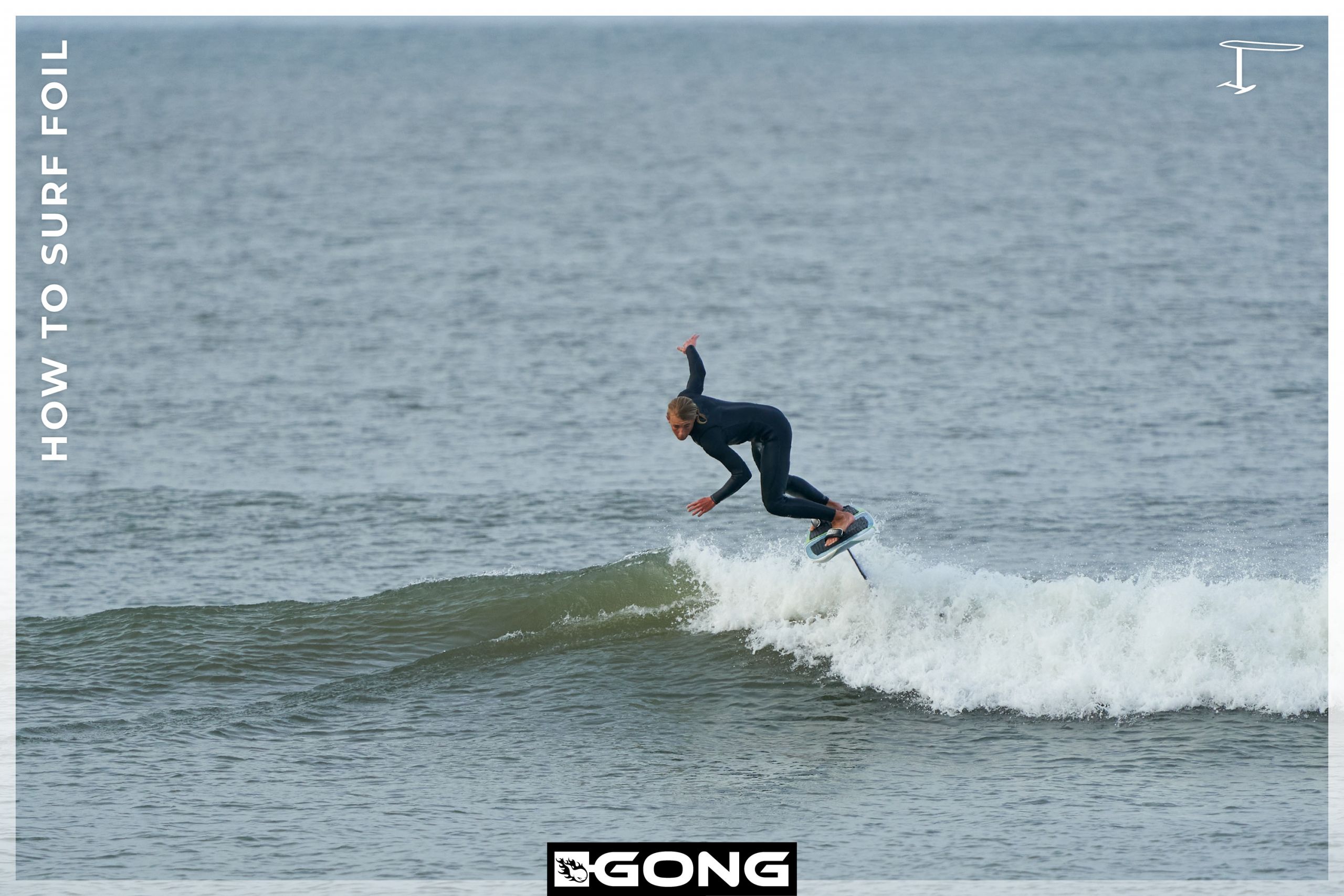
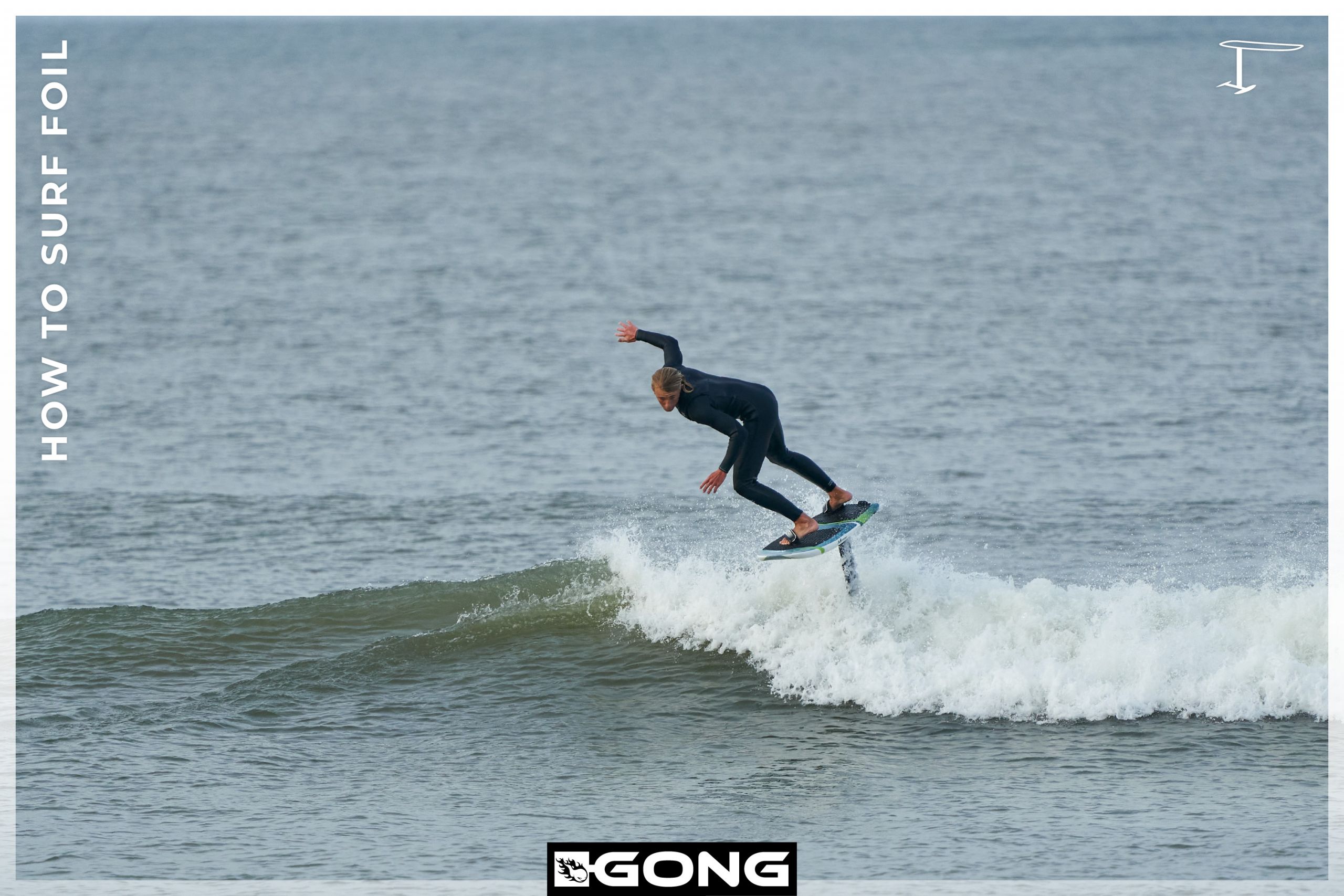
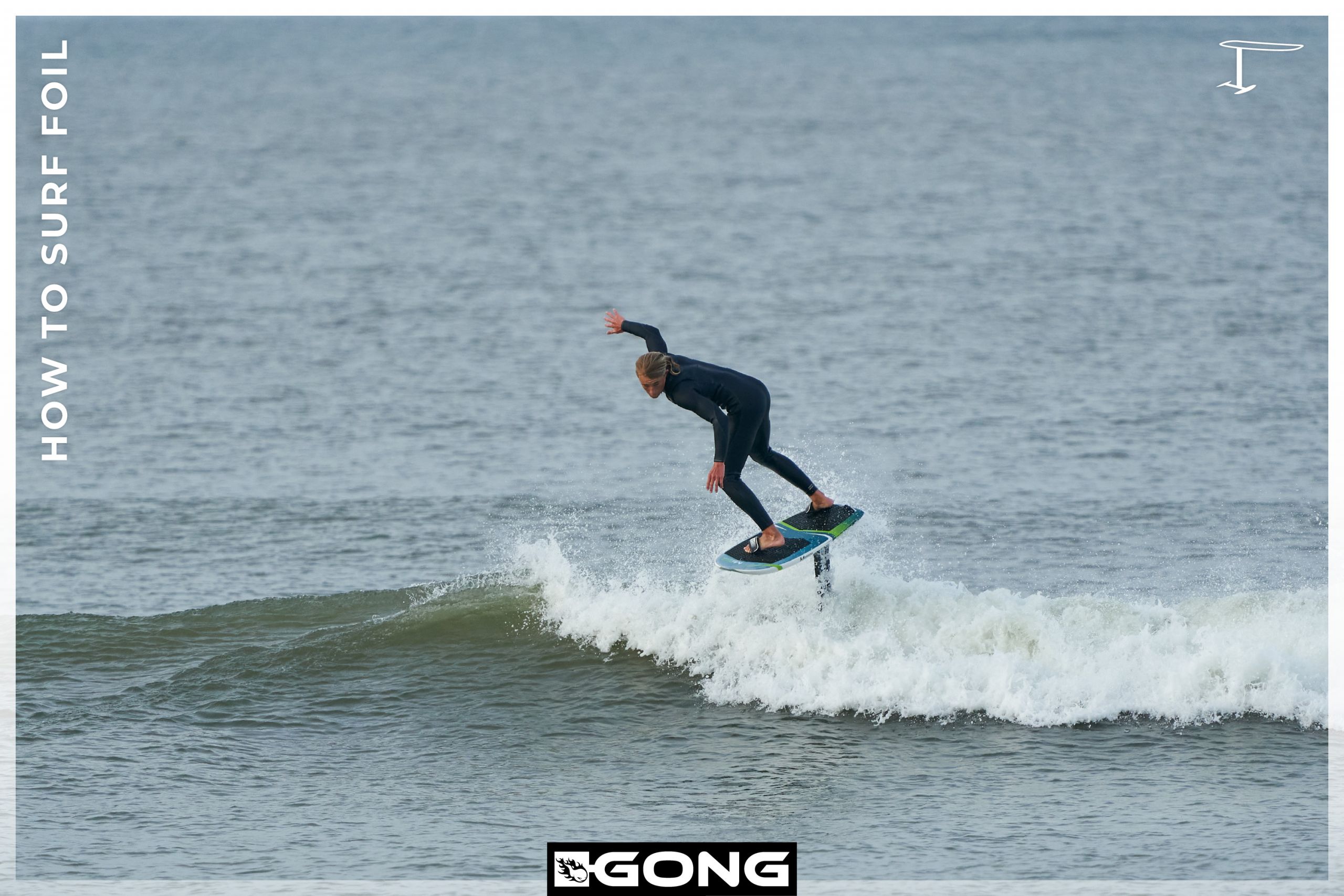
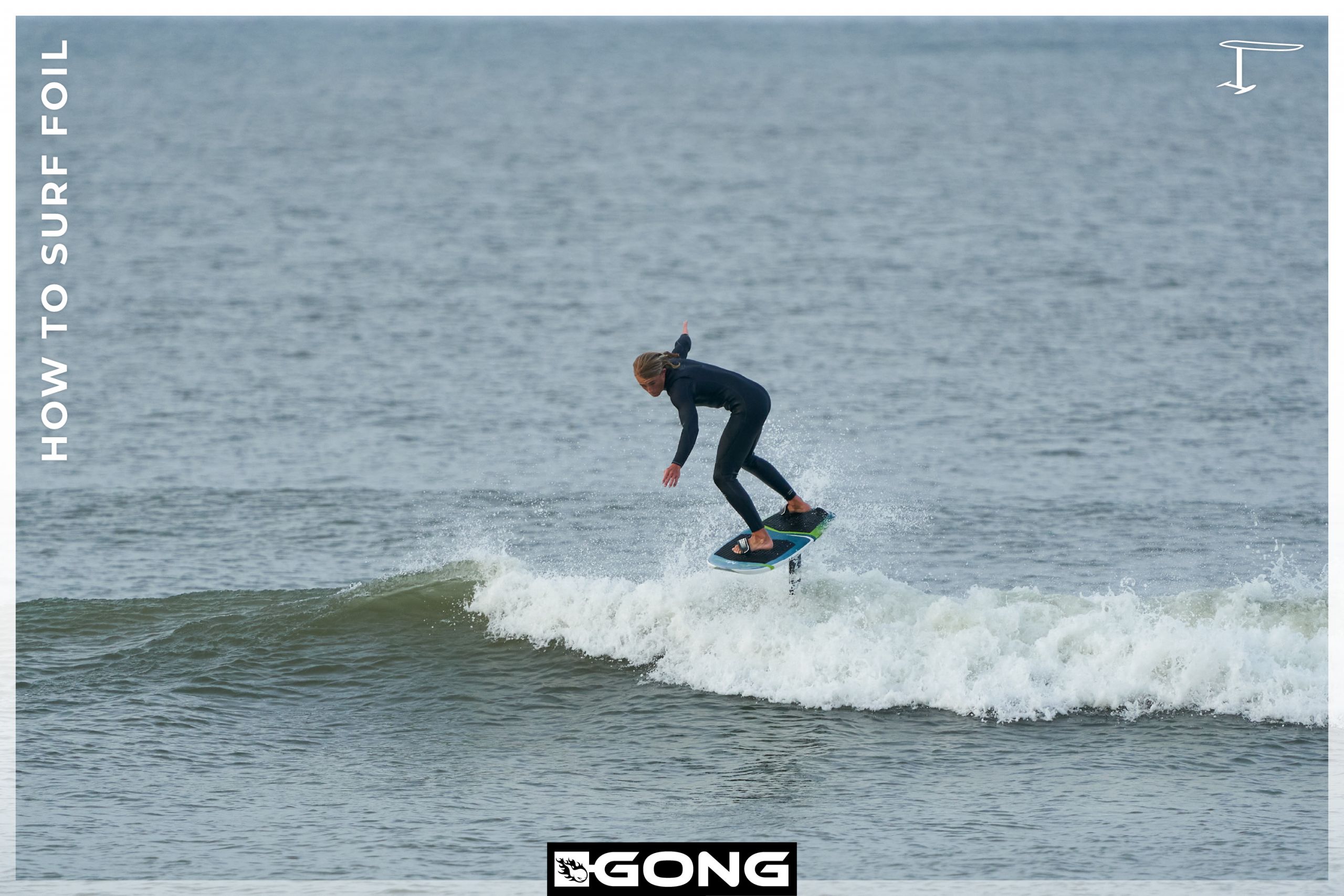
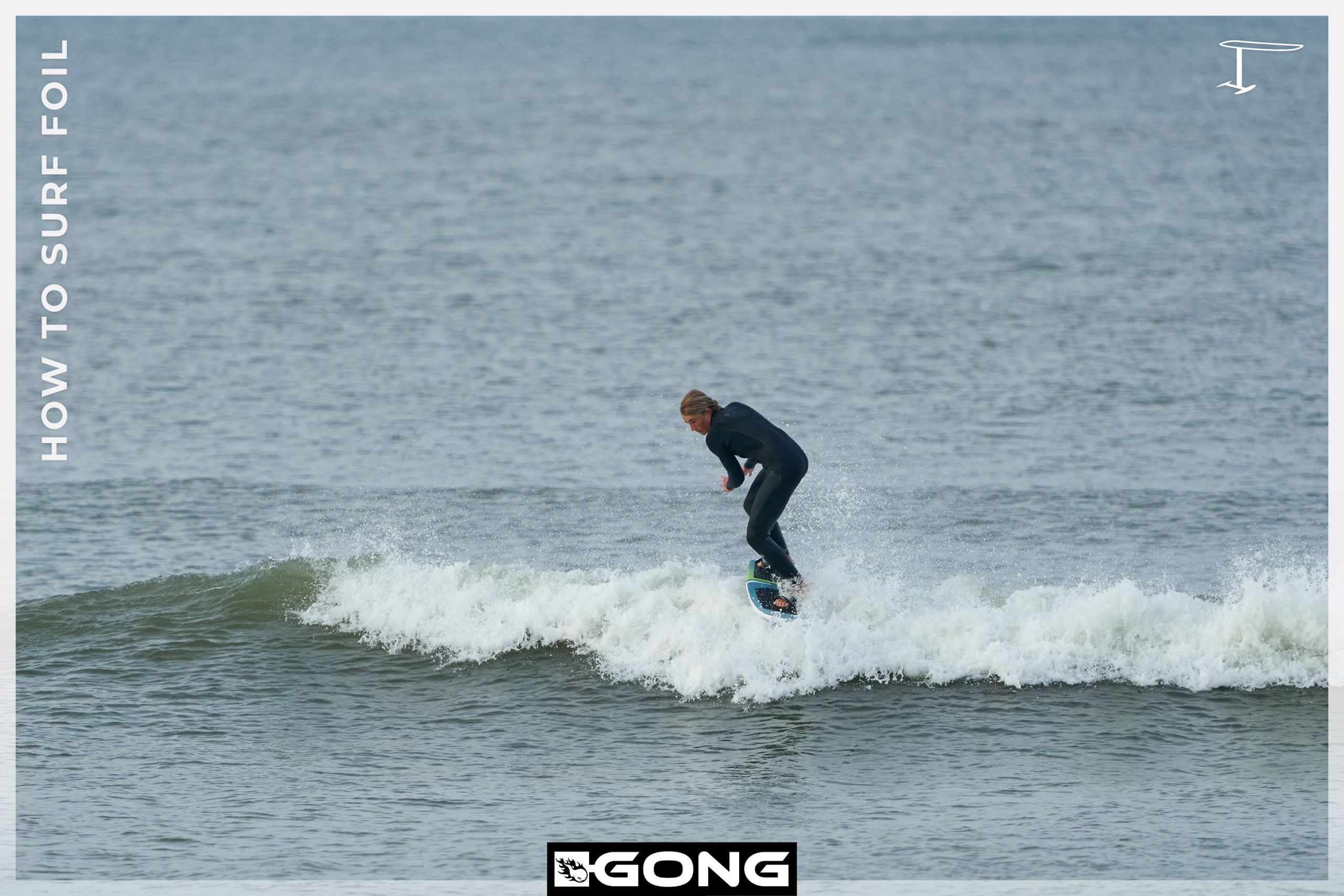
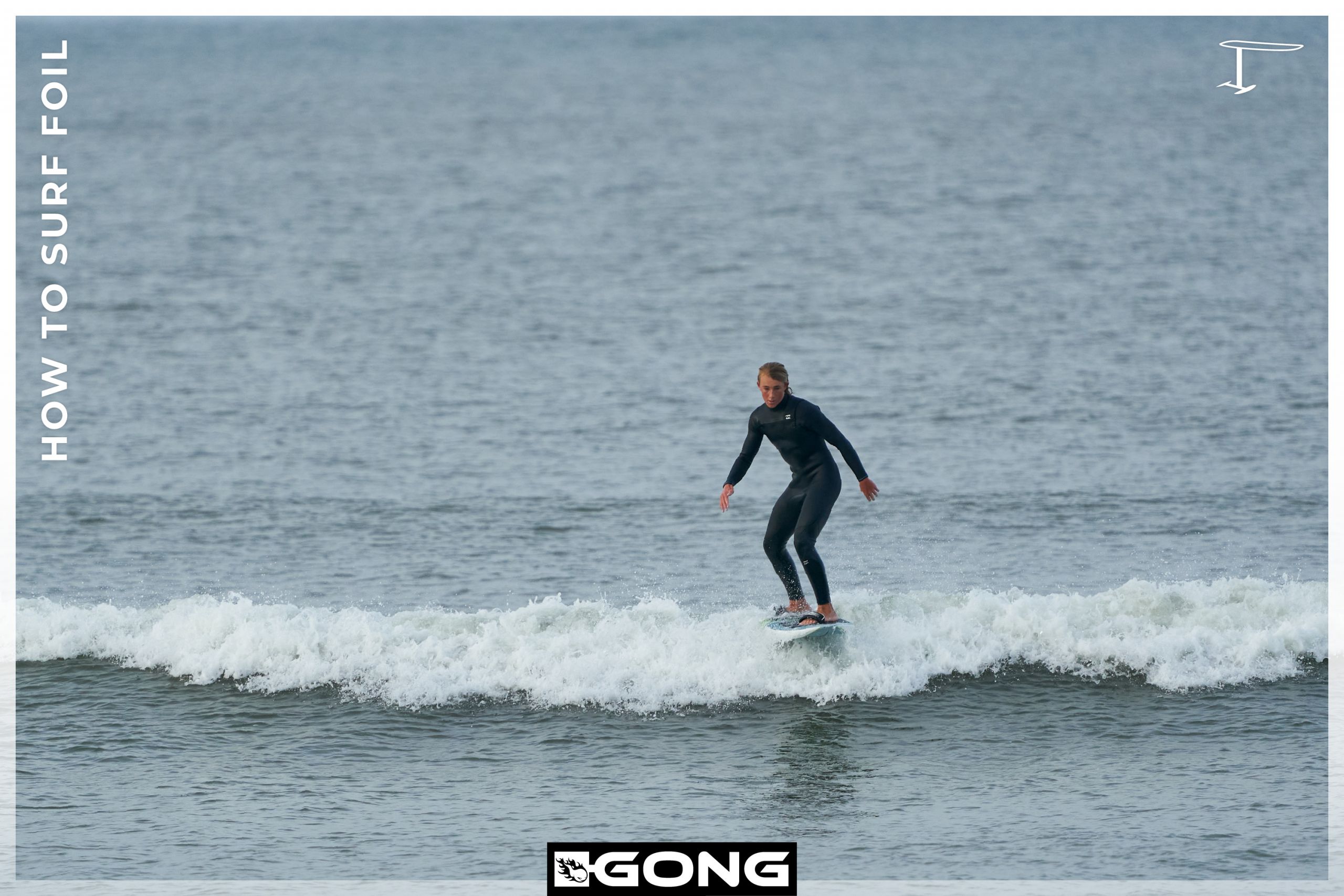
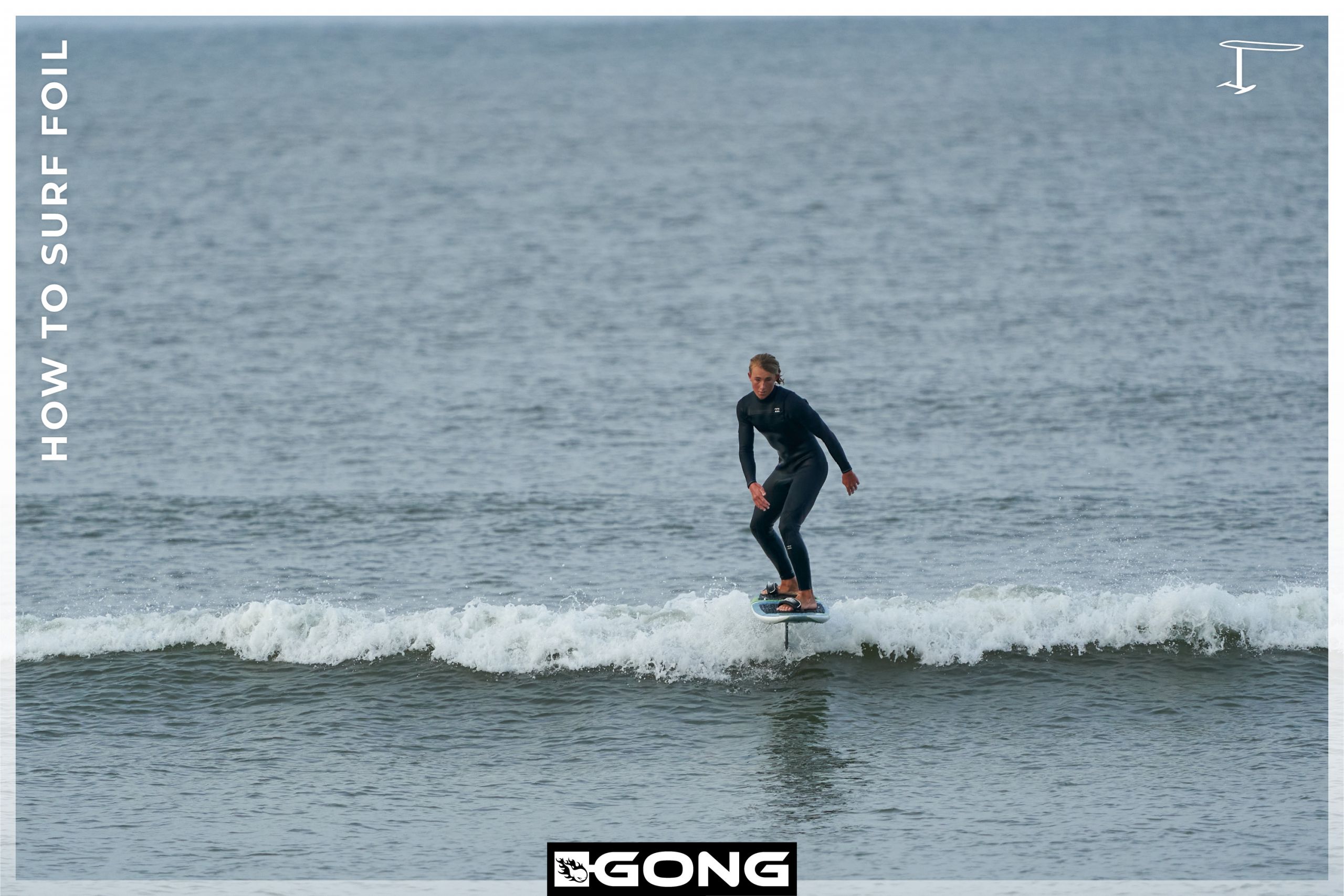
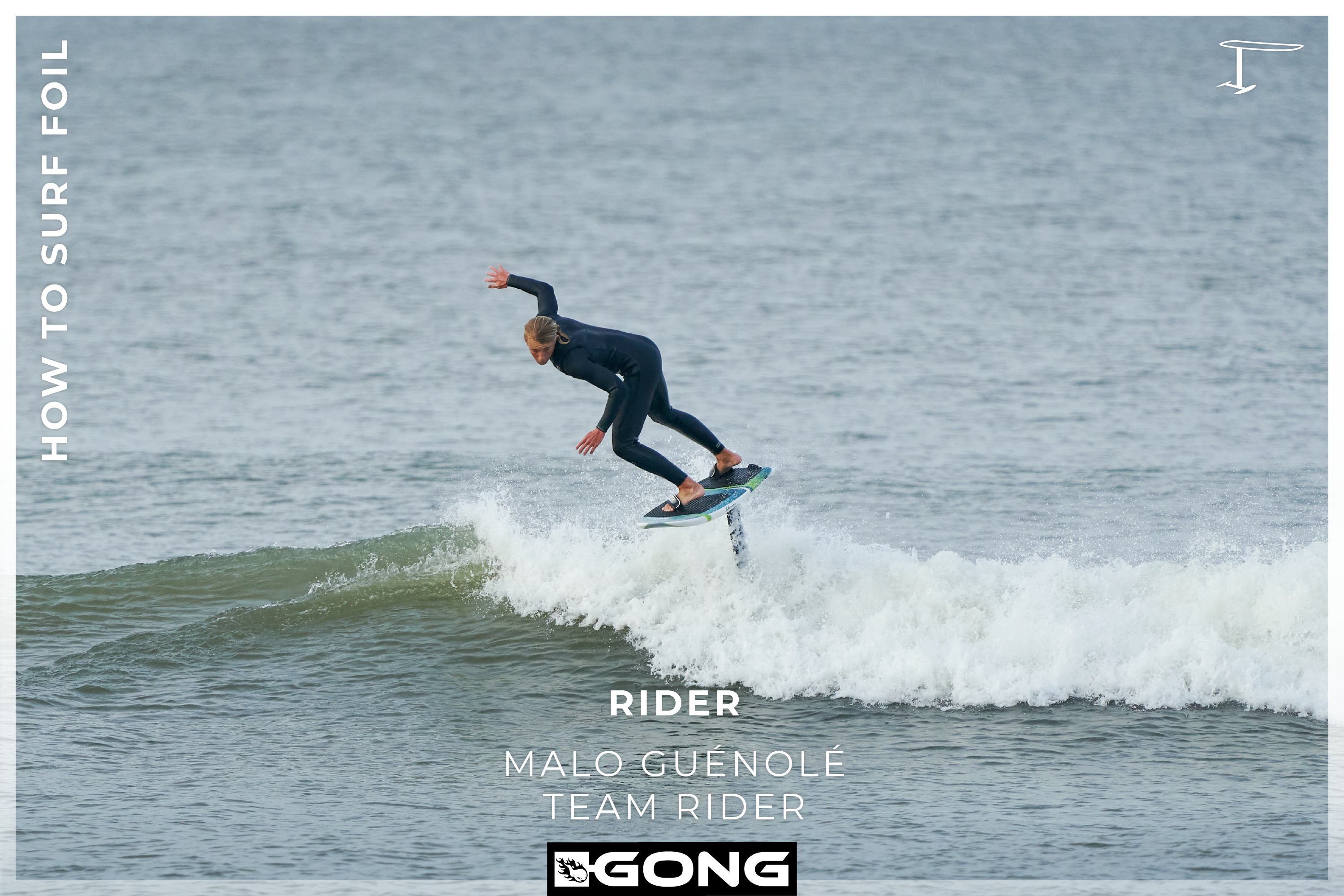
Surf foiler : Malo, GONG team rider, with the Matata FSP Pro, Carbone Allvator V2 Mast, Fluid M-H and Stab Pro Fluid H.
Whether it is a re-entry with a classic surfboard or with a foil, climbing up to foam of a wave means crossing a zone of turbulence which puts your balance at risk. To get through this zone of turbulence unscathed, you need speed, perfect body position and a leading gaze.
It is the gaze that initiates all the movements, upwards to climb up the wave at first then in the descent, the gaze reorients the upper body. It is at the top of the maneuver that this reorientation is essential because at this stage, the stalling of the foil in the foam is an almost certainty, if not completely at least in spurts. The question is therefore not how to avoid stalling but how to hook back. To avoid falling, it is essential to be well centered above your board when the foil sinks/stalls under your feet. This is achieved by speed propelling you upwards and twisting your lower body to come back to the inside of the turn bringing the board under your feet.
In the descent your speed still makes you move forward but the foil isn’t doing much of a job anymore. This is only temporary because your foil will quickly make you take off again by regaining energy under the turbulence of the wave. On a foil, we can almost consider the re-entry as an air, as the foil loses contact with the lift of the water. The main thing is to be well centered above the board when landing.
